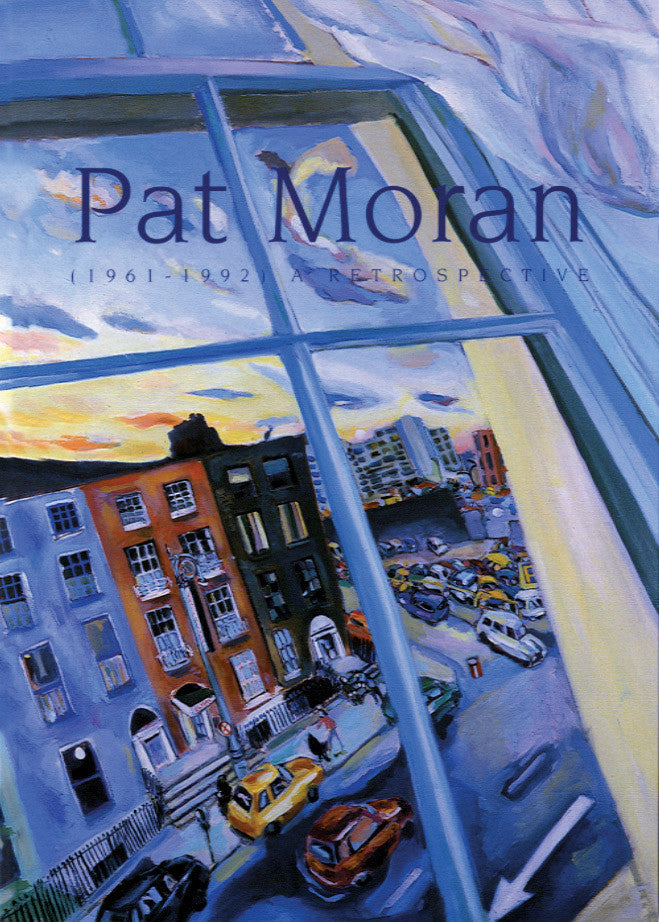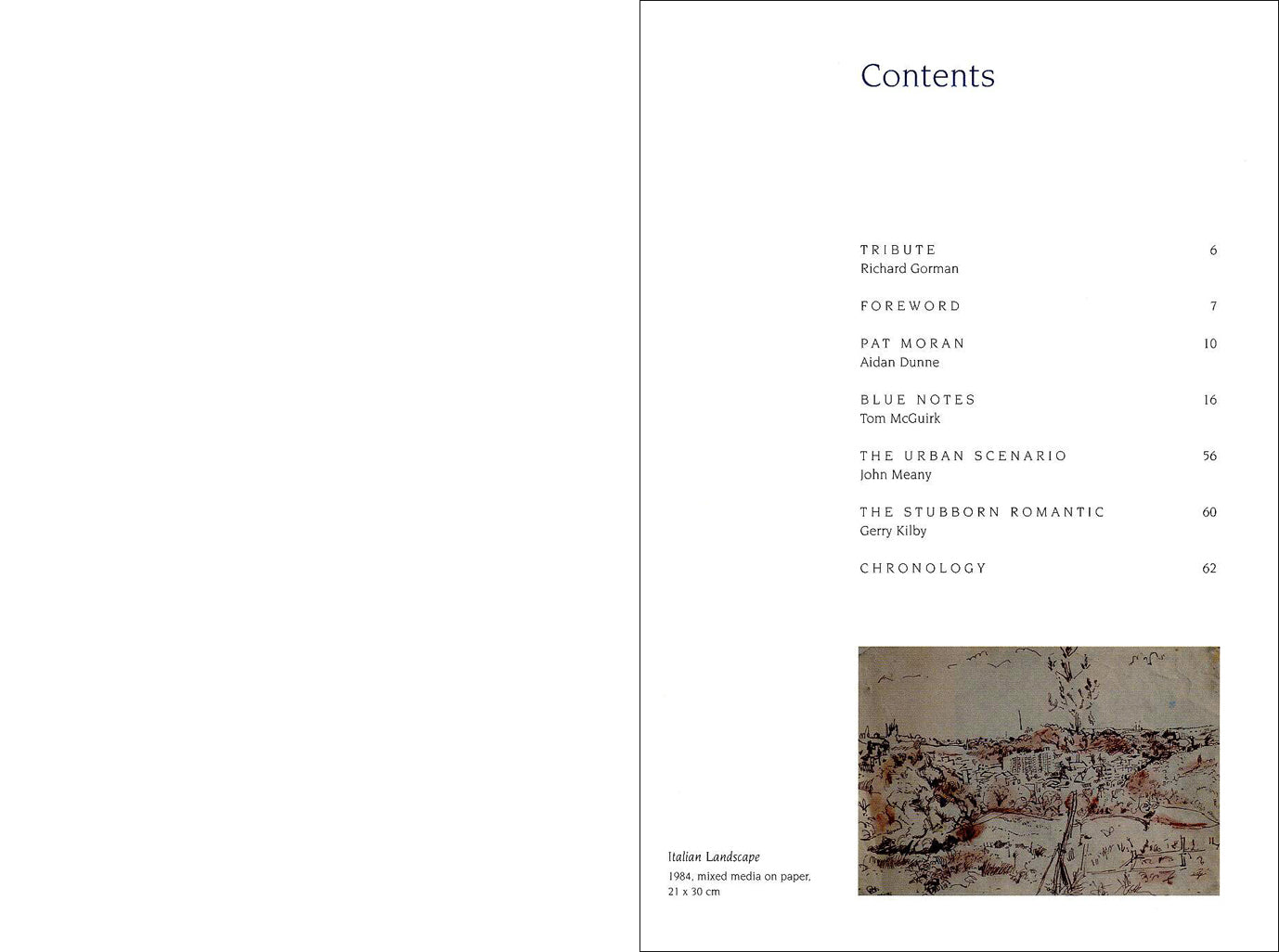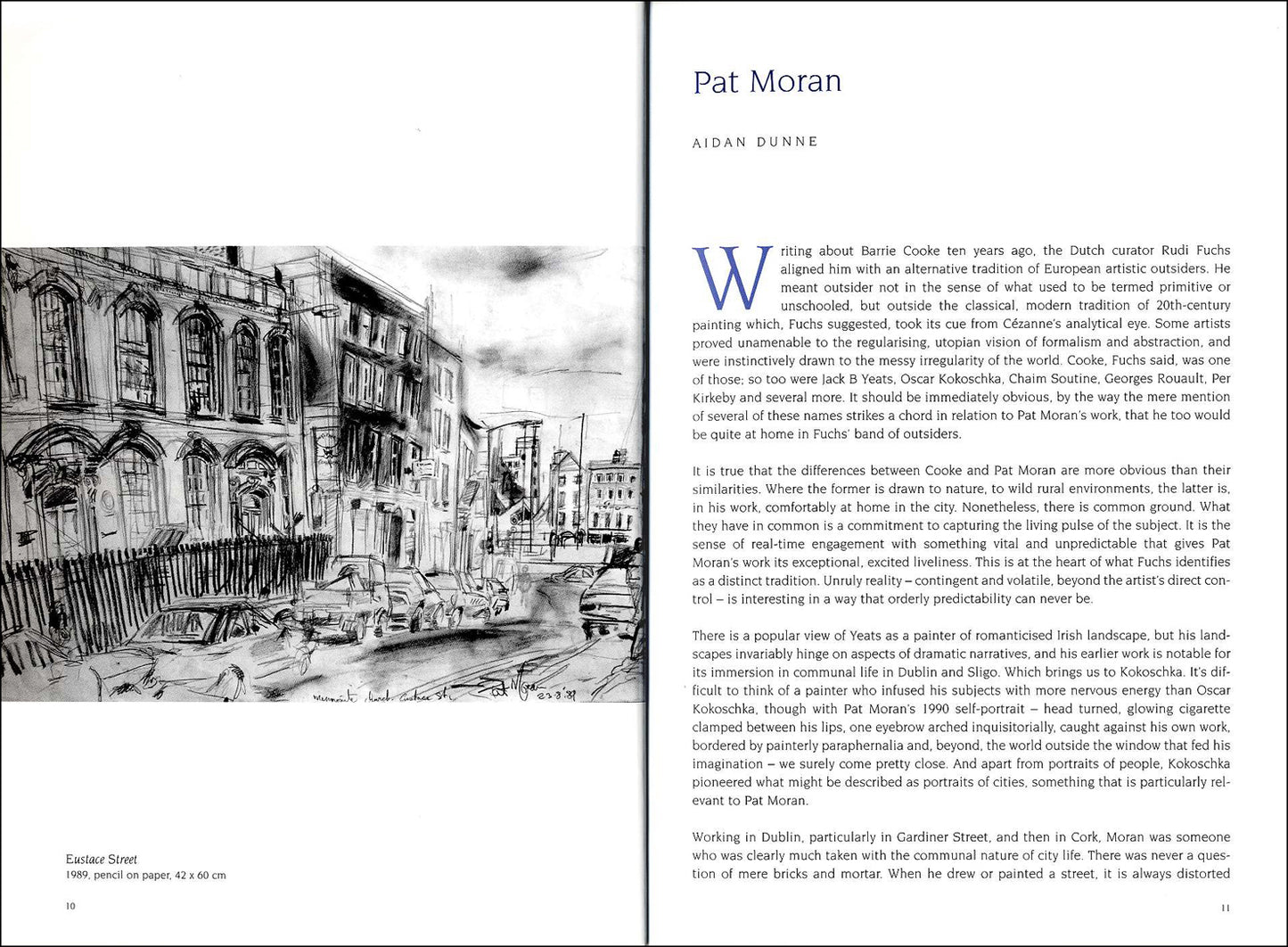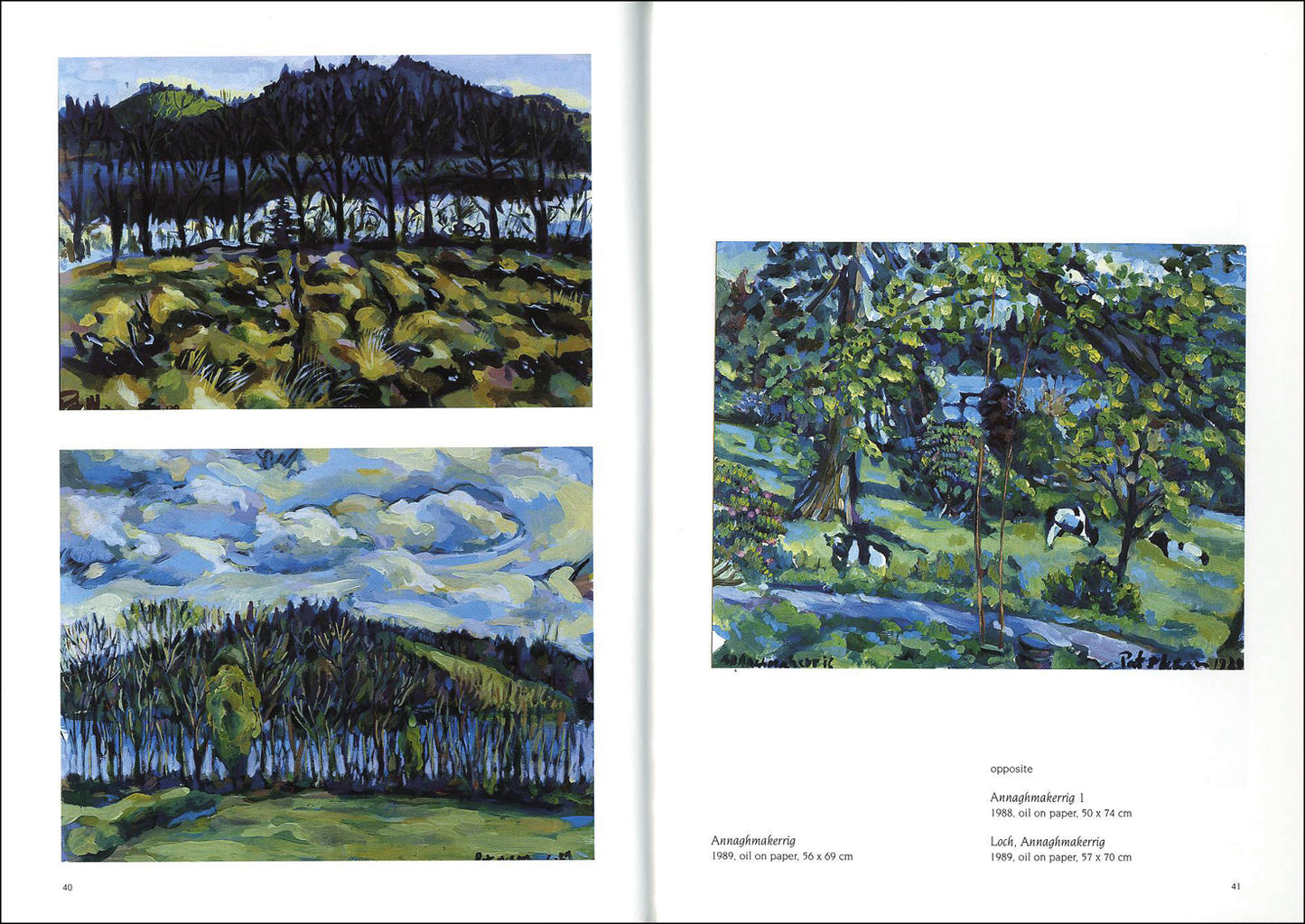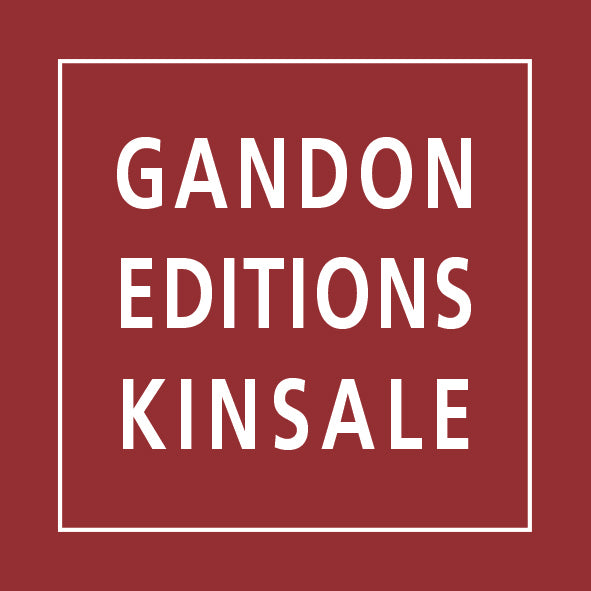Gandon
PAT MORAN (1961-1992) — A Retrospective
PAT MORAN (1961-1992) — A Retrospective
Couldn't load pickup availability
Share
eds. Claire Carpenter et al
intro by Richard Gorman; essays by Aidan Dunne, Gerry Kilby, Tom McGuirk, John Meany
ISBN 978 0948037 016 64 pages (paperback) 24x17cm 62 illus
Pat Moran tragically drowned while on holiday in 1992, at the age of 30. This book celebrates the life and work of a much-loved artist and friend. Moran’s extraordinary ability to engage with the urban environment in which he lived and reflect its energy is evident in the vibrant and lively paintings he produced. Aidan Dunne describes him in the tradition of the ‘outsider’ – from the classical, modern tradition of 20th-century painting – drawing paralells with Cézanne, Jack B Yeats and Kokoschka. Moran’s work reflected the central concerns of community art; he was instinctively a true community artist.
EXTRACTS
Pat Moran painted pictures, and he painted pictures of what he knew and experienced. Vertigo from a window looking down onto Gardiner Street and warped traffic. The honesty to paint cars – no one paints cars in the romance language of cityscape. Giddily leaning lamp-posts clawing in to blue and green streetscapes. Black and white expressions of inner-city grubbiness. Pat painted as he lived, with vitality and directness, and of course in the usual confusions of our being.
– from the tribute by Richard Gorman
In much of Moran’s work there is the Kokoschka-like view of the city as a vast, sprawling, organism. Typically, even the streets, pavements, shopfronts and buildings have a respiratory flexibility. Clouds scud restlessly across the sky and every surface is animated by a dancing, variable sunlight. (He also liked the fluidity of electric light, the way it glows, spills and flows.) What might come across as being entirely haphazard and fragmented – the chaotic jumble of city life – is allowed a certain anarchic energy, but is also seen as coherent and homogeneous in a natural, self-regulating way. How so? Arguably, in the way that he favours a number of particular motifs that, although strictly isolated and fragmentary, can be viewed as representative of the city itself as a greater unity. There is the recurrent example of the street as a unit, and then such distinctive urban features as the hotel, railway station and cathedral. All can be regarded as symbolising larger scales and levels of urban organisation.
— from the essay by Aidan Dunne
|
CONTENTS Tribute by Richard Gorman 6 |
